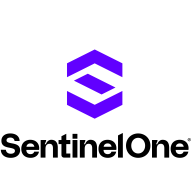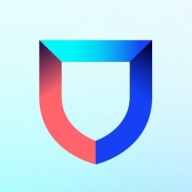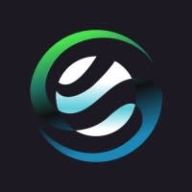


Morphisec and Lacework FortiCNAPP compete in cybersecurity by enhancing threat detection and prevention. Morphisec appears to have the upper hand in integrating with Microsoft Defender, while Lacework excels in compliance and anomaly detection.
Features: Morphisec offers deterministic attack prevention, full security event visibility, and seamless integration with Microsoft Defender. It provides robust protection with low resource usage and minimizes false positives. Lacework FortiCNAPP excels in distilling security and compliance logs, offering robust anomaly detection and security compliance with support for multiple standards, providing detailed alerts with contextual information.
Room for Improvement: Morphisec could improve cloud deployment processes, customer interaction, and licensing. Automated reporting also needs refinement. Lacework FortiCNAPP could enhance real-time visibility, integration with third-party SIEMs, and alert setup. Its interfaces and reporting granularity, as well as container security, require improvements.
Ease of Deployment and Customer Service: Morphisec supports diverse environments including public, private, and hybrid clouds, and on-premises. Customer service is responsive despite time zone differences. Lacework FortiCNAPP emphasizes public cloud, providing satisfactory support, though assistance for complex issues can be delayed.
Pricing and ROI: Morphisec offers competitive pricing with a transparent flat-rate model, noted for affordability compared to high-cost competitors. Its ROI is strong due to reduced workloads and efficient resource use. Lacework FortiCNAPP's licensing model is complex, with costs higher relative to deployment scale, though early adopters value its enhancements and peace of mind.



SentinelOne Singularity Cloud Security protects cloud workloads, offering advanced threat detection and automated response. It integrates seamlessly with cloud environments and secures containerized applications and virtual machines against vulnerabilities.
SentinelOne Singularity Cloud Security is renowned for its efficiency in mitigating threats in real-time. The platform integrates effortlessly with existing cloud environments, ensuring robust cloud security management with minimal manual intervention. Securing containerized applications and virtual machines, it excels in threat intelligence and endpoint protection. However, improvements are needed in performance during high workload periods, and more integrations with third-party tools and better documentation would be beneficial. Users often find the installation process complex, support response times slow, and the dashboard's navigation unintuitive.
What are the key features of SentinelOne Singularity Cloud Security?In specific industries, SentinelOne Singularity Cloud Security is implemented to safeguard critical data and infrastructure. Organizations in finance, healthcare, and technology depend on its real-time threat detection and automated response to protect sensitive information. Its ability to secure containerized applications and virtual machines is particularly valuable in dynamic environments where rapid scaling is necessary.
Lacework FortiCNAPP provides robust cloud security, combining vulnerability management and multi-cloud insight with user-friendly controls, machine learning detection, and compliance support.
Lacework FortiCNAPP specializes in cloud security by merging machine learning anomaly detection with agent-based vulnerability management to offer detailed alerts and compliance reports. Its comprehensive approach allows continuous monitoring across AWS and Kubernetes, providing insights from an attacker's perspective. The platform offers automation and seamless Slack integration, facilitating collaborative and efficient cloud security management. Users value its ability to handle multi-cloud environments and scan IAC scripts, configurations, and compute nodes across AWS and GCP.
What are the key features?Organizations across sectors leverage Lacework FortiCNAPP for cloud security, focusing on compliance, security posture, and vulnerability management. It is widely used for monitoring AWS and Kubernetes environments, scanning IAC scripts, configurations, and securing compute nodes. It supports multi-cloud security posture management and log ingestion, enabling companies to maintain strong cloud infrastructures without dedicated security layers.
Morphisec integrates seamlessly with platforms like Microsoft Defender, offering signatureless protection against zero-day threats and ransomware. It enhances existing endpoint solutions with minimal maintenance through its set-and-forget deployment, providing heightened security and reduced false positives.
Morphisec strengthens defense strategies by merging memory morphing and signatureless protection to effectively block zero-day attacks and ransomware. It operates efficiently within existing infrastructure, reducing system impact and maintenance needs. Users find its full visibility dashboard invaluable. Despite its strengths, cloud deployment and reporting features can be improved. Stability, alerts, and integration with other systems pose challenges for users, impacting usability and support quality.
What are Morphisec's key features?
What benefits should users consider in reviews?
In security-focused industries, Morphisec is crucial for protecting workstations and servers against sophisticated attacks like ransomware. Its signatureless technology offers early threat detection, while compatibility with existing systems ensures seamless integration, providing advanced protection without additional licensing costs.
We monitor all Vulnerability Management reviews to prevent fraudulent reviews and keep review quality high. We do not post reviews by company employees or direct competitors. We validate each review for authenticity via cross-reference with LinkedIn, and personal follow-up with the reviewer when necessary.